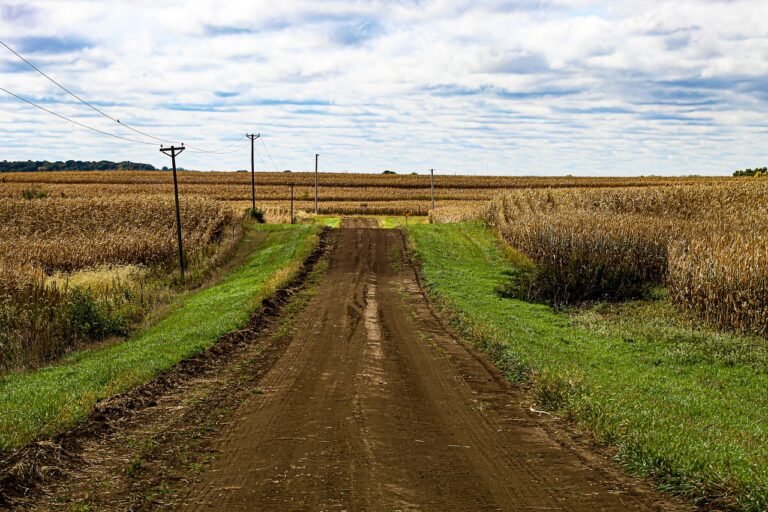Regulatory Trends in Automotive Vehicle-to-Pedestrian (V2P) Communication: Betbazar 247 login, Playexch in login, Gold365 id login
betbazar 247 login, playexch in login, gold365 id login: Regulatory Trends in Automotive Vehicle-to-Pedestrian (V2P) Communication
As technology continues to advance at a rapid pace, the automotive industry is constantly evolving to keep up with the latest trends. One such trend that is gaining traction is Vehicle-to-Pedestrian (V2P) communication. This technology allows vehicles to communicate with pedestrians, providing warnings and alerts to enhance safety on the roads.
Regulatory bodies around the world are taking notice of the potential benefits of V2P communication and are beginning to develop guidelines and regulations to ensure its safe and effective implementation. In this article, we will explore some of the key regulatory trends in V2P communication and how they may impact the automotive industry.
1. Increased Safety Standards
One of the main focuses of regulatory bodies when it comes to V2P communication is enhancing safety standards. By requiring vehicles to have the ability to communicate with pedestrians, regulators hope to reduce the number of accidents and injuries on the roads.
2. Data Privacy Regulations
With the increased use of technology in vehicles, data privacy has become a significant concern. Regulatory bodies are developing guidelines to ensure that personal data collected through V2P communication is protected and used responsibly.
3. International Standards
As V2P communication becomes more widespread, regulators are working towards developing international standards to ensure interoperability between different systems and vehicles. This will help to create a more cohesive and efficient communication network.
4. Liability Regulations
One of the key challenges of V2P communication is determining liability in the event of an accident. Regulators are working on guidelines to establish clear responsibilities for manufacturers, pedestrians, and other stakeholders in the event of a collision.
5. Testing and Certification
Regulatory bodies are also developing guidelines for testing and certification of V2P communication systems. This will help to ensure that these systems meet the necessary safety and performance standards before being deployed on the roads.
6. Public Education Campaigns
In addition to regulations for vehicles and manufacturers, regulators are also focusing on public education campaigns to raise awareness about V2P communication. This will help to ensure that pedestrians understand how to interact with these systems effectively.
7. Conclusion
Overall, regulatory trends in V2P communication are evolving rapidly as technology advances and becomes more integrated into vehicles. By developing guidelines and standards for safety, data privacy, interoperability, liability, testing, and public education, regulatory bodies are working to ensure that V2P communication enhances safety on the roads for all stakeholders.
Frequently Asked Questions (FAQs):
1. What is V2P communication?
Vehicle-to-Pedestrian (V2P) communication is a technology that allows vehicles to communicate with pedestrians to provide warnings and alerts to enhance safety on the roads.
2. How are regulatory bodies addressing V2P communication?
Regulatory bodies are developing guidelines and regulations for safety standards, data privacy, international standards, liability, testing, and public education campaigns related to V2P communication.
3. Why is V2P communication important?
V2P communication is important for enhancing safety on the roads by improving communication between vehicles and pedestrians to reduce the number of accidents and injuries.
4. What are some of the challenges of V2P communication?
Challenges of V2P communication include determining liability in the event of an accident, protecting data privacy, ensuring interoperability between systems, and testing and certification of these systems.







